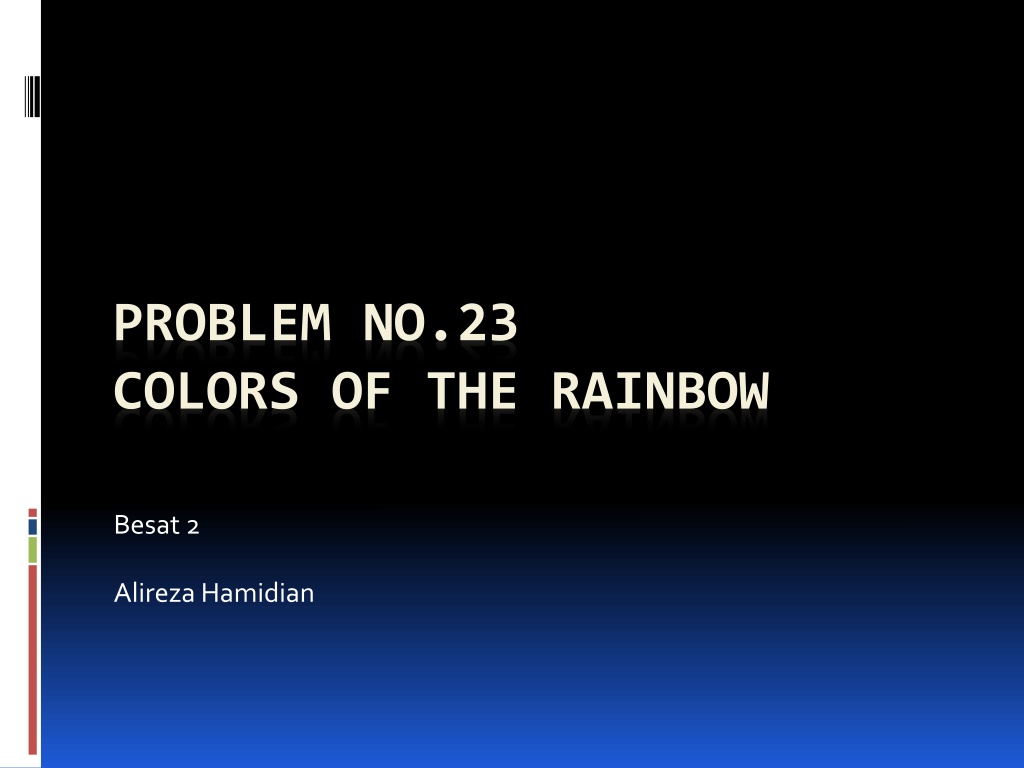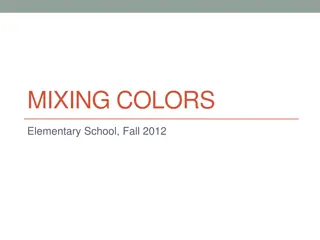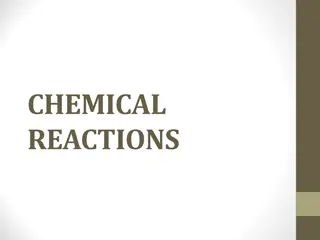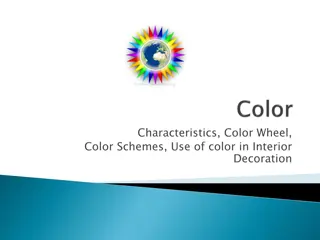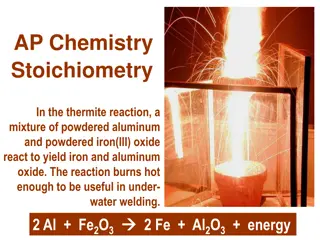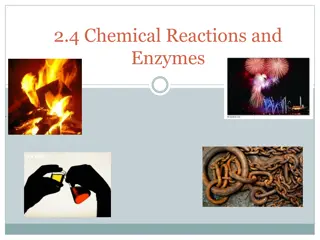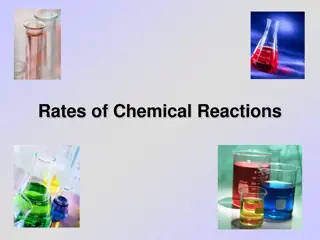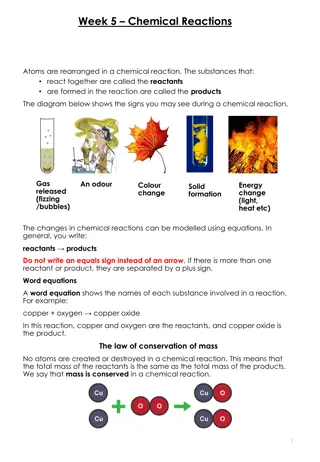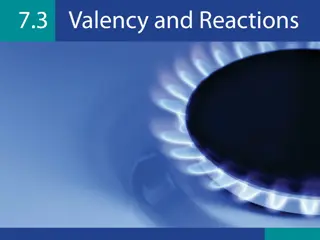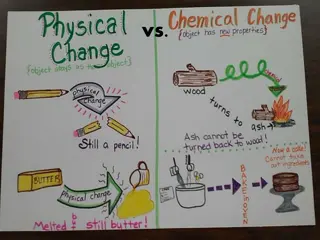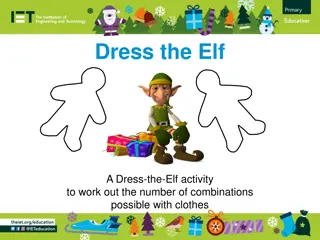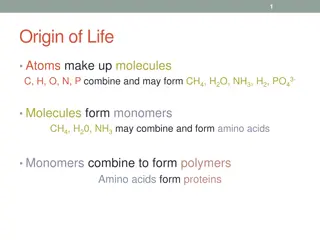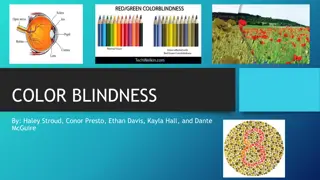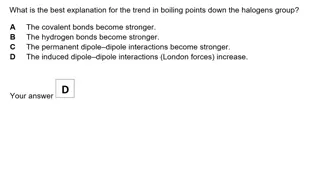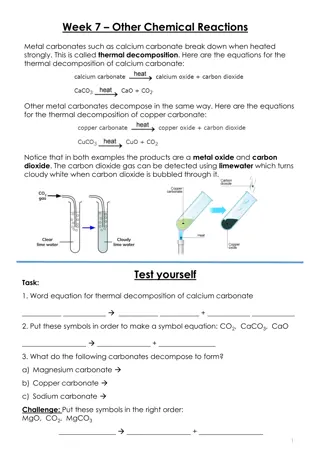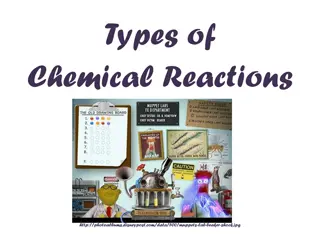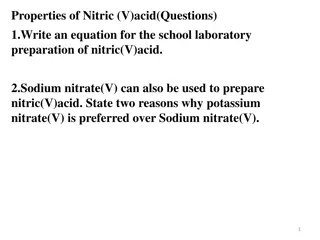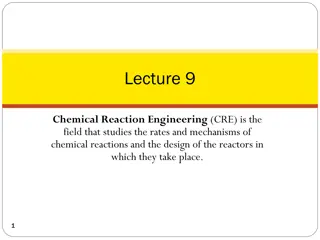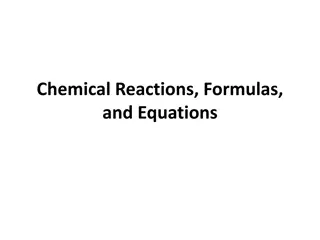Exploring Color Combinations with Chemical Reactions
Explore various color combinations using aqueous solutions of potassium dichromate, copper sulfate, and other colorless solutions. By mixing these solutions, generate distinct colors in test tubes through chemical reactions. Different hues such as yellow, blue, orange, light purple, and green are achieved by combining different chemicals. Observations on reactions with potassium hydroxide (KOH), sodium hydroxide (NaOH), and ammonium hydroxide (NH4OH) are made to understand the chemical processes further.
Download Presentation

Please find below an Image/Link to download the presentation.
The content on the website is provided AS IS for your information and personal use only. It may not be sold, licensed, or shared on other websites without obtaining consent from the author. Download presentation by click this link. If you encounter any issues during the download, it is possible that the publisher has removed the file from their server.
E N D
Presentation Transcript
PROBLEM NO.23 COLORS OF THE RAINBOW Besat2 AlirezaHamidian
Problem: You are given aqueous solutions of potassium dichromate (K2Cr2O7) and copper (ll) sulfate (CuSO4). By mixing these two solutions in any combination with colorless solutions of your choice, obtain as many test tubes showing distinctly different colors as possible.
Initial: K2Cr2O7+ CuSO4= Yellow Blue + orange = light purple ???? K2Cr2O7+CuSo4= K2SO4+ CuCr2O7 Yellow Colorless
Then: KOH + solution = Green not dissolved salt(Green) 2KOH + CuSO4 = Cu(OH)2 + K2SO4 Green And it happened again with NaOH.
We also used NH4OH But nothing happened; So we conclude that no reaction will happen.
